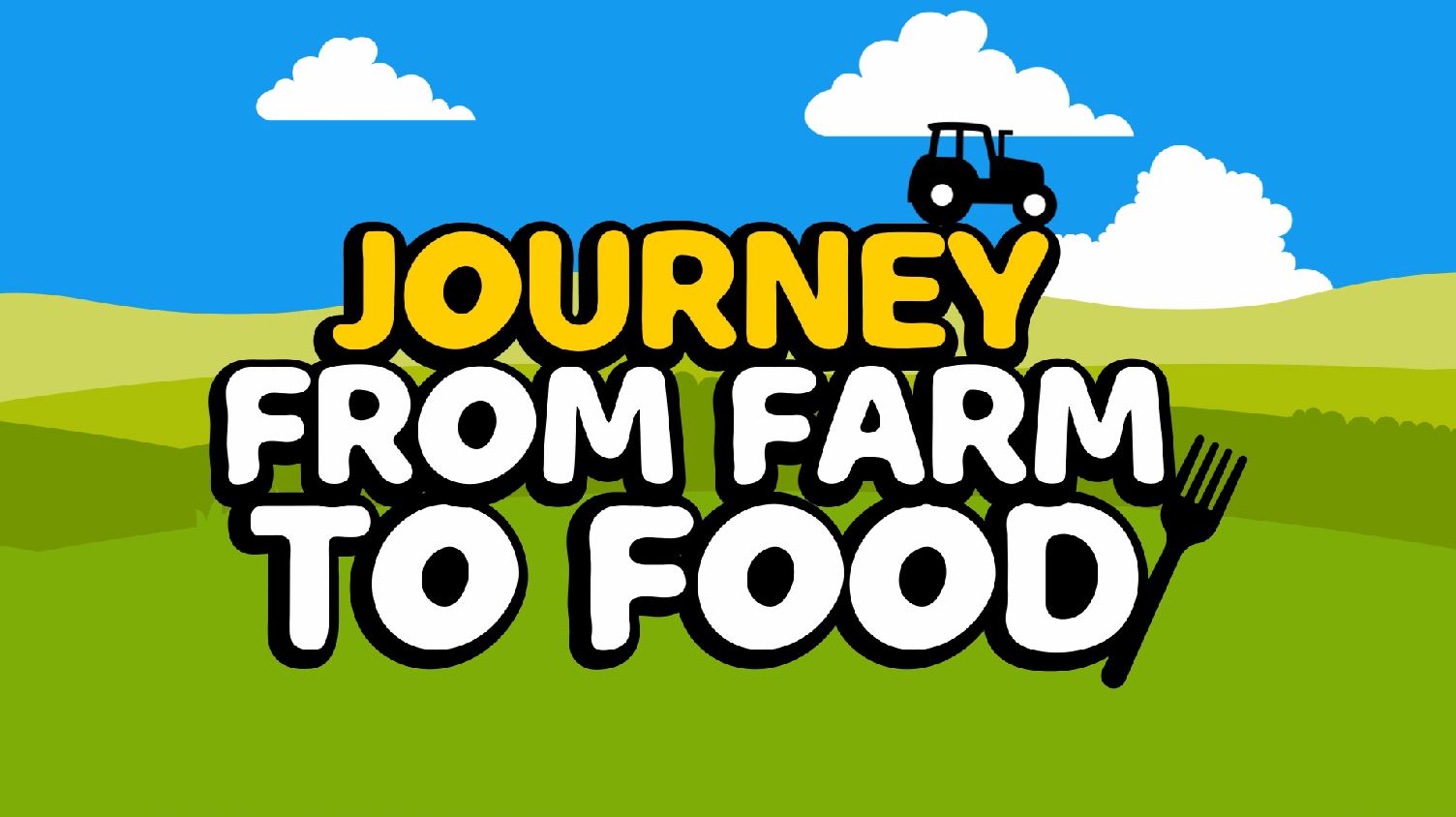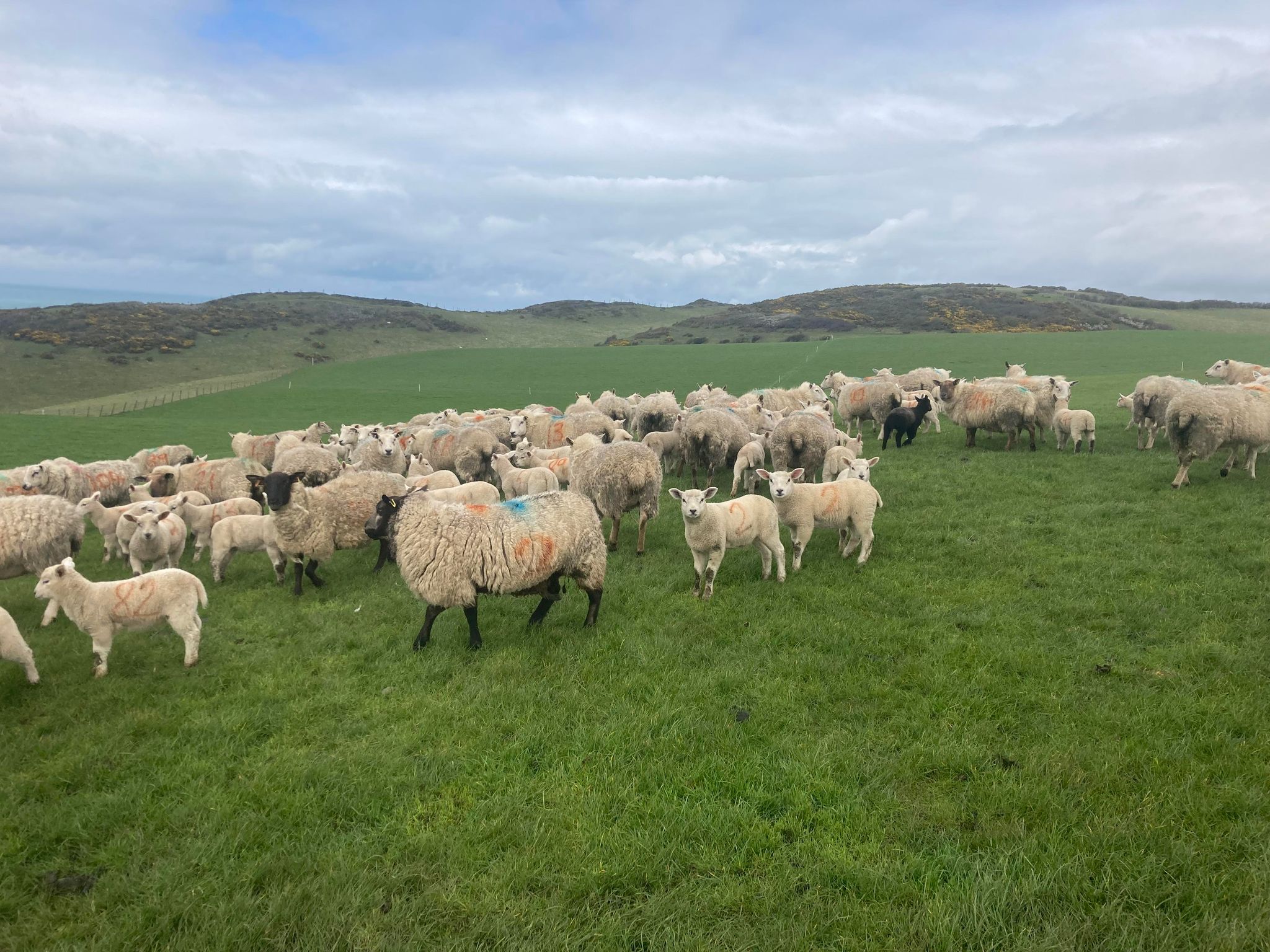The effect of TM-QTL and other QTLs on lean meat yield and meat quality in sheep and its evaluation using VISA
(May 2006 – July 2010)
Aims
Previous research has identified a group of genes that are responsible for muscle depth in Texel sheep. A large proportion of the variation between animals in a trait can be attributed to a small number of genes in a particular location. These locations are called Quantitative Trait Loci (QTL). In this case the QTL is called the ‘Texel muscling QTL’ (TM-QTL). It is expected that the phenotypic effects from this QTL will affect the whole skeletal muscle and reduce fatness.
The main aim of this project is to evaluate the direct (lean meat yield) and indirect (growth, carcass composition, especially meat eating quality, animal health and animal welfare) effects of the TM-QTL, in purebred and crossbred sheep.
Another part to this project is to test and validate a VISA-system (Video Imaging Systems Analysis) for the objective evaluation of lamb carcases. This will potentially enable eating quality traits to be predicted.
Why is it important?
In order for the UK sheep industry to improve its economic viability it has to provide carcases that better meet market requirements. Besides traditional breeding strategies to improve carcase quality there is now worldwide research on the application of molecular genetic technologies. Substantial resources have been allocated to identify quantitative trait loci (QTL) that can be exploited and in particular, to identify genes that affect muscle growth and body composition.
How will the project work?
The effects of the QTL will be studied in a purebred line of Texels as well as in crossbred lambs. These crossbred lambs will be produced by mating Mule, Welsh Mountain and purebred Inverdale-Texel ewes with New Zealand Texel rams (carrying the MM-QTL), Texel rams (carrying the TM-QTL) and other terminal sire breeds (e.g. Suffolk and Charollais).
The observations of the VISA-system will be compared with CT measurements and carcase dissection results to predict relationships between VISA observations and eating quality traits.
Who will do the work?
This is an integrated DEFRA linked project funded in part by HCC, EBLEX, QMS and LMC NI.



